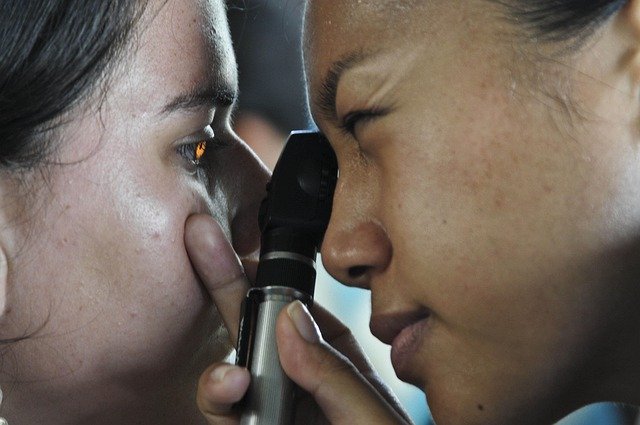Special considerations for older adults with sudden changes in vision
Sudden changes in vision among older adults can be alarming and may signal a range of conditions from reversible refractive issues to urgent eye disease. This article outlines key steps for assessment, common diagnostic approaches, and practical considerations for ongoing monitoring and accommodation.

Older adults who experience sudden changes in vision need prompt, careful evaluation because the causes vary from benign to sight-threatening. A thorough initial assessment helps distinguish between optical problems, like an uncorrected change in refraction, and medical emergencies such as retinal detachment, vascular events, or acute glaucoma. Clear communication about the onset, pattern, and associated symptoms—floaters, flashes, pain, or headache—guides urgency and the appropriate referral pathway.
This article is for informational purposes only and should not be considered medical advice. Please consult a qualified healthcare professional for personalized guidance and treatment.
Screening and initial assessment
A focused screening visit typically begins with history taking and a basic eyesight check, including visual acuity and pupil responses. Screening in a primary care or community optometry setting can identify obvious refractive errors or cataract progression, but anything sudden or asymmetric usually requires expedited specialist evaluation. Note whether vision loss is central or peripheral, constant or intermittent, and whether it affects one or both eyes—these distinctions change the differential diagnosis and the speed of necessary followup.
Role of refraction and accommodation testing
Refraction determines whether a change in prescription explains blurred vision; this is often the first corrective step in optometry. Accommodation testing assesses how well the eye focuses at different distances; reduced accommodation is common with age and can worsen perception of blur, particularly for near tasks. However, new-onset blurred vision that does not correct with refraction testing suggests an underlying ocular or neurological issue and warrants further diagnostics rather than simply updating eyeglass prescriptions.
Ophthalmology versus optometry: what to expect
Optometry can provide comprehensive refractive care, screening, and some ocular disease management, while ophthalmology offers advanced diagnostics and surgical treatments. For acute or rapidly progressing vision changes, an ophthalmology consultation is often indicated to evaluate for retinal, optic nerve, or intraocular pressure problems. Collaboration between optometrists and ophthalmologists facilitates timely imaging, medical therapy, or surgical intervention when required, ensuring continuity of care and appropriate followup planning.
Imaging and diagnostic tests commonly used
When screening suggests more than a refractive issue, diagnostic imaging can clarify the cause. Optical coherence tomography (OCT) visualizes retinal layers and macular structure; fundus photography documents retinal appearance; and ultrasound or fluorescein angiography may be used in selected cases. Neurologic imaging (CT or MRI) becomes relevant when optic nerve or cortical causes are suspected. These tools help distinguish macular disease, retinal tears, vascular occlusions, or optic neuropathies that require urgent attention.
Managing glare, contrast sensitivity, and functional impact
Older adults frequently report problems with glare and reduced contrast sensitivity, which may not be captured fully by routine acuity measures but significantly affect daily functioning. Interventions include optimizing refractive correction, prescribing anti-reflective coatings, recommending contrast-enhancing lenses, or addressing underlying retinal or lens pathology. Environmental adjustments—improved lighting, matte surfaces, and larger-print materials—can also mitigate practical difficulties while diagnostics and treatments proceed.
Practical followup and local services
Effective followup is essential after any sudden change in vision. A clear plan should specify timeline for reassessment, responsibilities between primary eye care and specialist services, and instructions for urgent return if symptoms worsen. Local services may include community optometry clinics for routine refraction, hospital eye departments for specialist ophthalmology care, and allied services such as low-vision rehabilitation. Discussing accommodation options, mobility training, or assistive devices can help maintain quality of life while medical issues are addressed.
Conclusion Sudden changes in vision among older adults require a methodical approach: rapid screening to identify urgent pathology, targeted refraction and accommodation assessment, timely imaging and specialist referral when indicated, and ongoing followup to monitor recovery or progression. Attention to glare, contrast, and functional needs complements medical management and supports safer daily activities.




